If you attracted to long-legged beauties, you will be interested in visiting Walvis Bay.
While most visitors to Namibia head to Swakopmund, the base for arranging tours into the desert and activities on the coast, few make it to Walvis Bay which lies just 50 kms to the south on the Trans-Kalahari Highway. A busy town that is home to the country's booming fishing industry, it is also the country's only deep sea harbor. But it was not the cargo vessels or fishing boats that lured us there. What took us there was the opportunity to visit Walvis Bay Lagoon, one of the most important wetlands in southern Africa. Famed for its prolific bird life, it it particularly known for its large flocks of long-legged beauties, otherwise known as flamingoes, that feed here in the nutrient-rich waters.
Video: Flamingoes (zoomed in)
The excitement began even as we were grabbing some lunch before heading out. The charming Raft restaurant is built on stilts in the lagoon and is reached by a short bridge. Being fitted with large glass picture windows, it allows you to enjoy a meal completely surrounded by water while being entertained by birds and even the occasional seal. As we settled down at a table overlooking the water, a seemingly endless stream of flamingoes flew past on the horizon and landed on the distant shore. With their long neck extended and legs stretched behind, these large birds are a beautiful sight to behold when in flight. Also, the thick band of black primary feathers are only visible when the bird is in the air. Keeping them company were flocks of white pelicans flying in the typical V-formation.
The drive alongside the lagoon towards Pelican Point, a narrow strip of sand that extends into the sea, yielded great views of large flocks that were fishing in shallow waters. Apart from Greater and Lesser Flamingoes, the lagoon also attracts many other coastal birds and our list for the afternoon included White Pelicans, Avocets, Eared Grebes and several Gull species. Beyond a point the salt road on the sand bar turns into a 4WD track, so we had to reluctantly turn back.
Video: Flamingoes marching in Walvis Bay
Video: Flamingoes in Walvis Bay (Lagoon)
At the south end of the lagoon lay salt pans, one of the largest solar evaporation facilities in Africa that produces close to 400,000 metric tones of high quality salt each year. Seawater is fed into large ponds which gradually dry out through natural evaporation. The salt ponds look like a patchwork quilt with blocks of different hues of red. The color indicates the salinity of the ponds. Micro-organisms change their hue as the salinity of the pond increases. In fact flamingoes get their pink-orange pigmentation from the blue-green algae that feed on halobacteria responsible for the red color of the salt ponds.
An interesting factoid about Walvis Bay is that even after Namibia gained independence in 1990, Walvis Bay remained part of South Africa. It was only in 1994 that the then South African president F.W. de Klerk agreed to transfer the enclave to Namibian control, ending a long disputed claim between the two countries.

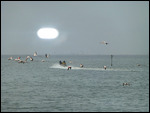
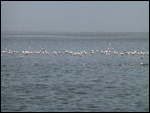
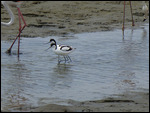
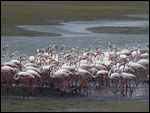
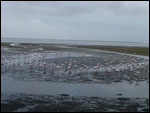
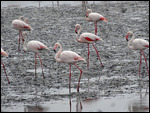
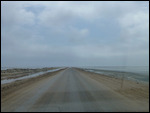
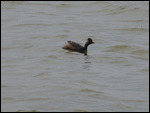

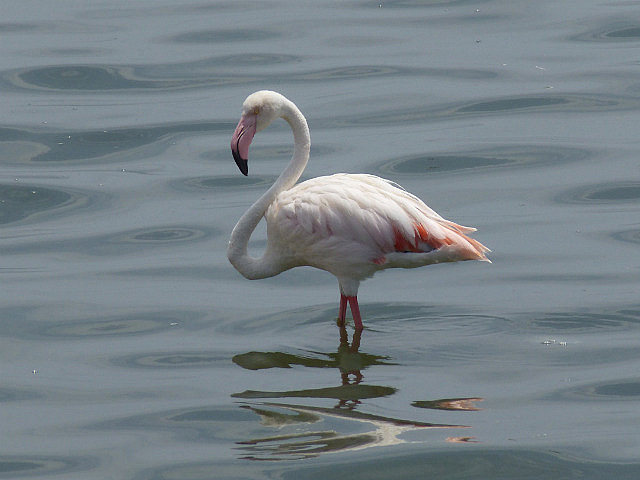
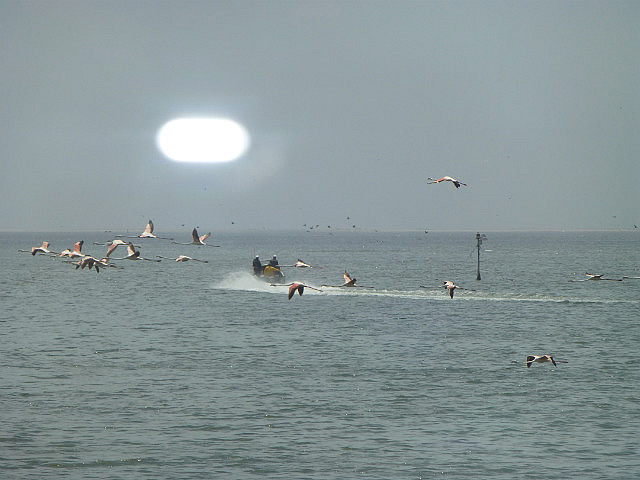
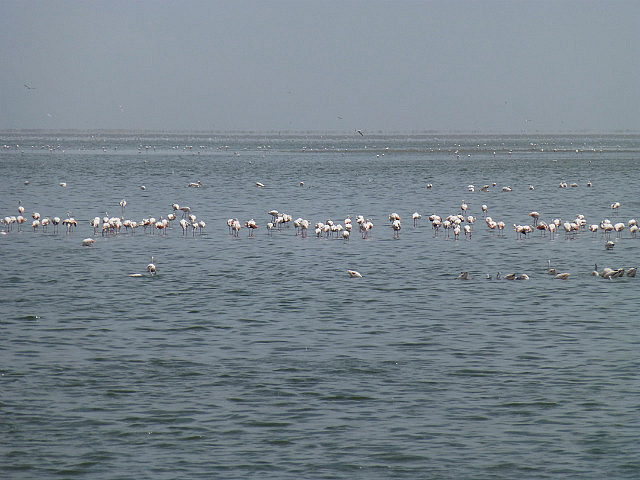
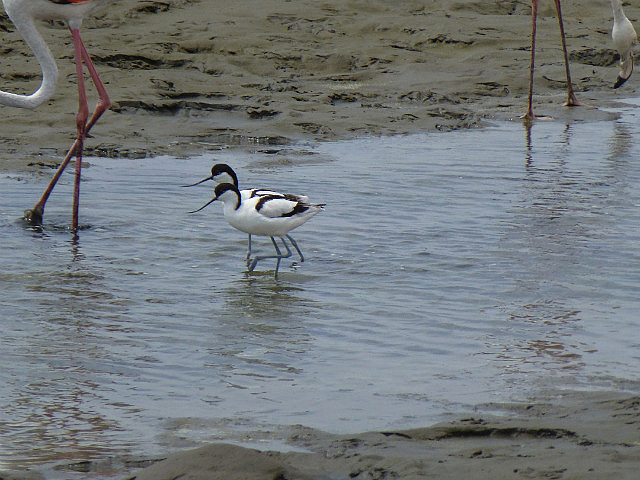

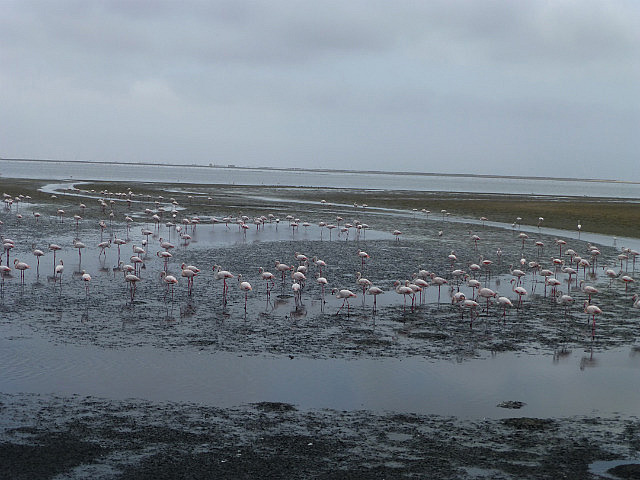
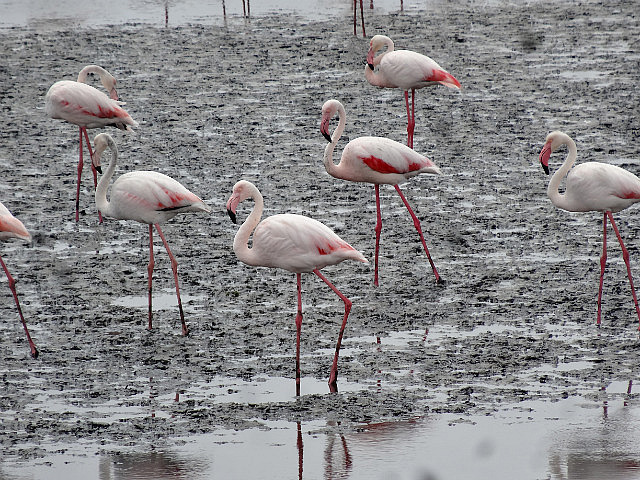

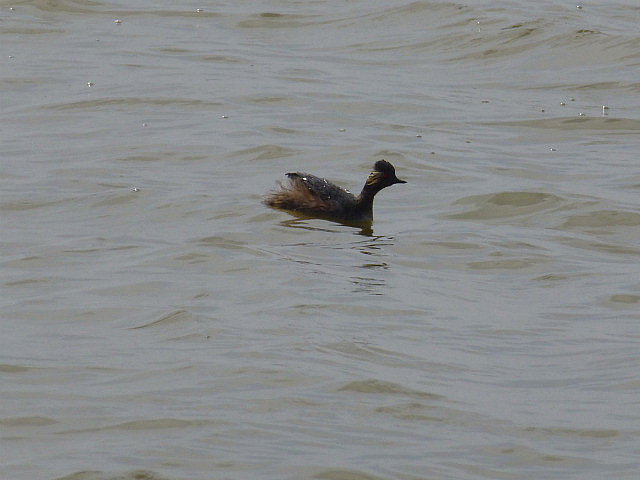

Comments